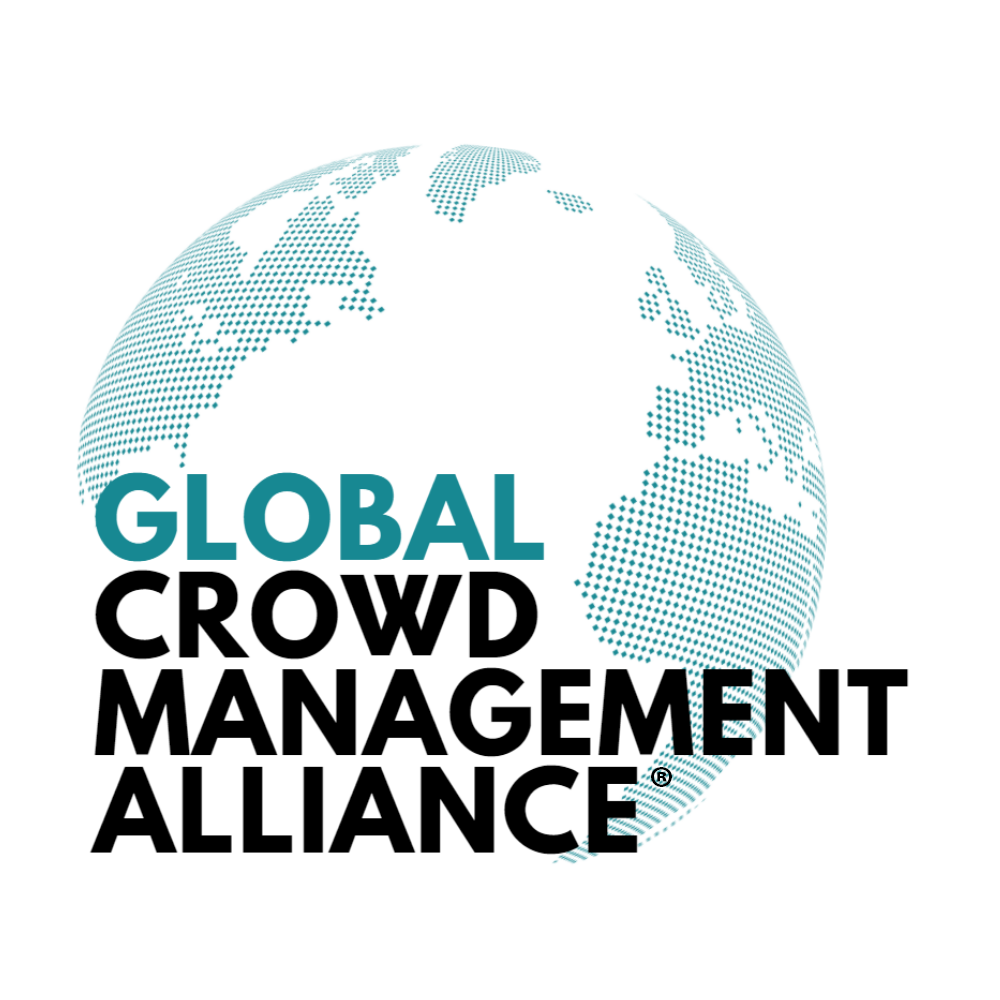GCMA Focal Point: AI and Mass Communications
In case you missed it, we’ve made the recording of our recent special edition of GCMA’s Focal Point available to everyone, regardless of membership status. Tune on as the amazing G. Keith Still walks us through the use (and misuse) of AI in crowd safety planning and communications.
You can take part in all of our Focal Point sessions by joining the GCMA today. Sign up now here.
In case you missed it, we’ve made the recording of our recent special edition of GCMA’s Focal Point available to everyone, regardless of membership status. Tune on as the amazing G. Keith Still walks us through the use (and misuse) of AI in crowd safety planning and communications.
You can take part in all of our Focal Point sessions by joining the GCMA today. Sign up now here.
ICYMI: The Control Room Partner Edition
In case you missed it, we’ve made the recording of our first The Control Room: Partner Edition of 2025 available on demand. Listen in as we discuss the evolving weather threats, drones, hostile vehicle mitigation, and more.
Take part in all of our monthly member-exclusive Control Room sessions by joining the GCMA today.
In case you missed it, we’ve made the recording of our first The Control Room: Partner Edition of 2025 available on demand. Listen in as we discuss the evolving weather threats, drones, hostile vehicle mitigation, and more.
You can take part in all of our monthly member-exclusive Control Room sessions by joining the GCMA today. Sign up now here.
Global Crowd Management Congress Preview: Smoke from a Distant Fire
With severe weather continuing to impact live events globally, understanding the risks posed by lightning, wind, heat, and other phenomena is paramount to keeping our crowds safe. As such, we're sharing this session from the 2024 Global Crowd Management Congress from Dr. Kevin Kloesel, titled "Smoke From a Distant Fire: Planning for Wildfire, Heat, and Other Climate Challenges".
With severe weather continuing to impact live events globally, understanding the risks posed by lightning, wind, heat, and other phenomena is paramount to keeping our crowds safe. As such, we're sharing this session from the 2024 Global Crowd Management Congress from Dr. Kevin Kloesel, titled "Smoke From a Distant Fire: Planning for Wildfire, Heat, and Other Climate Challenges".
Video from all GCMA programming is available through the “member resources” tab above. If you’re not a member, you can sign up now here.
